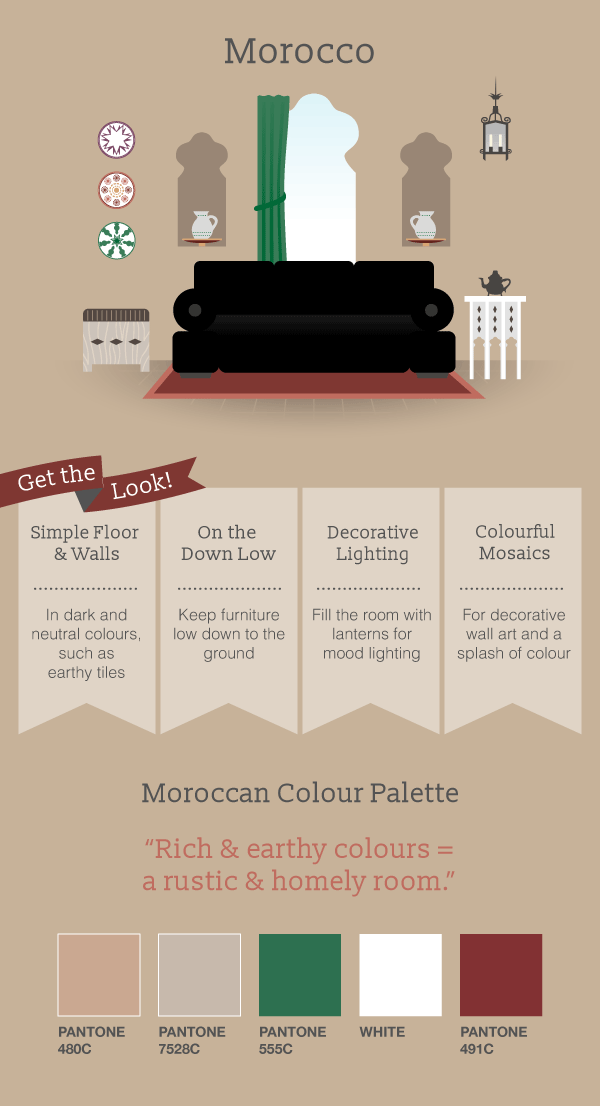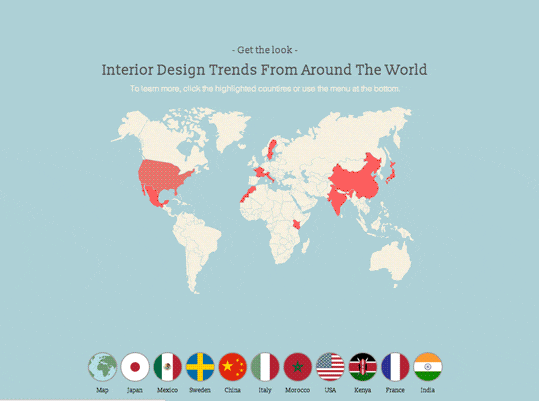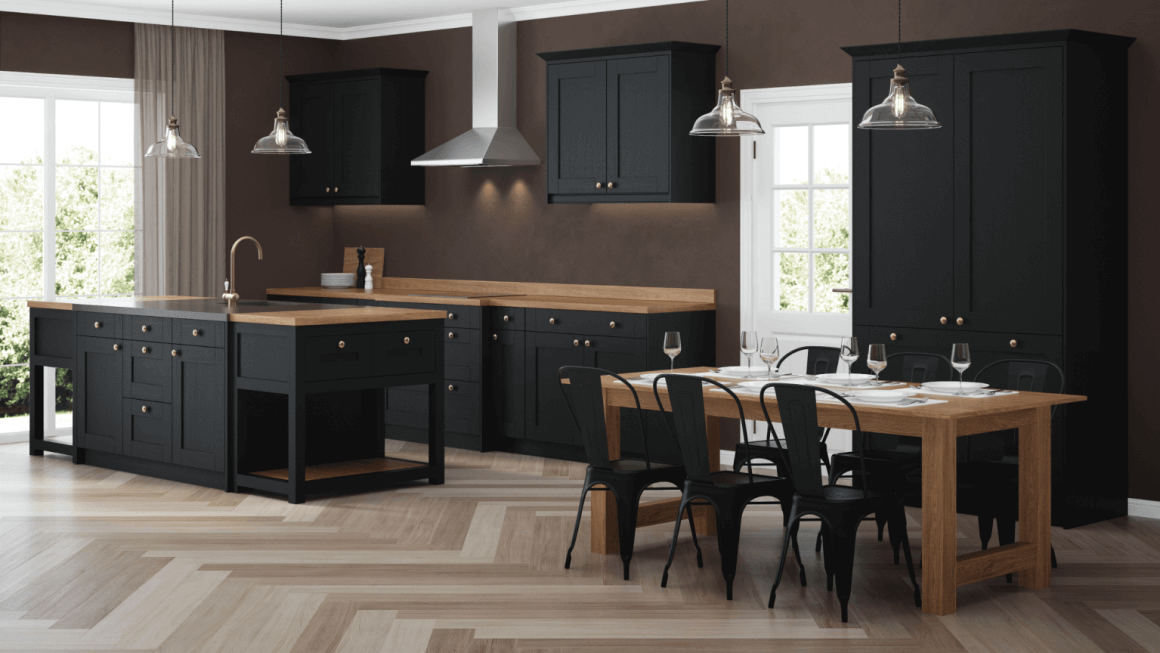Morocco is a country that is full of contrasts – from the landscape of the country itself to the architecture and the interior design. Moroccans take inspiration from the beautiful natural world that surrounds them, and their Berber traditions can still be seen even in modern interior design.
Iconic Moroccan Design
Intricate patterns, evocative textures, detailed shapes and beautiful mosaics are all hallmarks of Moroccan design. Moroccan homes are both rich and rustic, and walk the line between luxury and homeliness with great flair. When you are trying to replicate Moroccan design in your own home you can choose to emphasize the exotic, or opt for something simpler and more rustic. Moroccan design is versatile enough to suit any home.
The History of Moroccan Design
From the earliest Berber traditions of 4,000 years ago, to the modern day, Moroccan style is rich and varied. Moroccan interior design concepts fuse the beauty of nature with influences from the middle east. Moroccan decorations tend to be hand-made by skilled craftsmen, and even today there are tradesmen that are working hard to keep Moroccan ethnic traditions alive.
Many elements of Moroccan design come from the Arab culture. It is this fusing of Berber and Arab that creates a cosmopolitan, worldly look that anyone can appreciate. Handicrafts such as Damascene metalwork, hand-worked leather and beautifully carved cedarwood are also an important part of Moroccan culture, and no Moroccan inspired design would be complete without at least one hand-crafted ornament or piece of furniture.
Famous Moroccan Interior Designers
Bill Willis was a well-known interior designer working out of Morocco. Interestingly enough, Willis was not actually a native of Morocco, rather, he was born in Tennessee and then travelled the world to get an education in design, before settling in Morocco for the later part of his life. In spite of his American heritage, Willis embraced the exotic, and became one of the most respected Oriental/pan-Arabic designers in the world. His work had a slightly controversial, modern touch, but the Arabian influences were always clear, and added a special charm to his work.
Another famous interior designer with Moroccan influences is Hicham Lahlou. This young, award-winning designer grew up in Morocco and then went to France to complete his studies. His work combines French and Moroccan influences, and he hopes that he will be able to spread the beauty of Moroccan design and culture to the world through his work. Lahlou’s simple, flowing style is rather different to the traditional Arabian look, but the influences can clearly be seen, and his style acts as a gateway to the charm of Arab design, making it more accessible to a western audience.
Tips to Get The Look
Moroccan interior design starts with dark, neutral colours for the walls and the floor. Simplicity is key here – the visitor’s attention should be directed to the furniture and the wall art.
Moroccans, like many other cultures, love decorative lighting. Use lots of lanterns for mood lighting, and try to let natural light into the room as well.
Use decorative wall art to add a splash of colour to your room. Opt for earthy colours and soft shades, reds, browns, greens and whites are ideal.
Ornamentation, silverware, pottery and ornate furniture can be used sparingly to add detail to the room.
Moroccan interior design is quite versatile because it has changed so much over the last several decades. Choose the era that you like the most and draw inspiration from it, but don’t be scared to experiment and add your own personality to the design.
International Interior Design
For further inspiration, let us take you around the world with our Interior Design Trends from Around The World Infographic. You can also click the button below to access our interactive tool.








